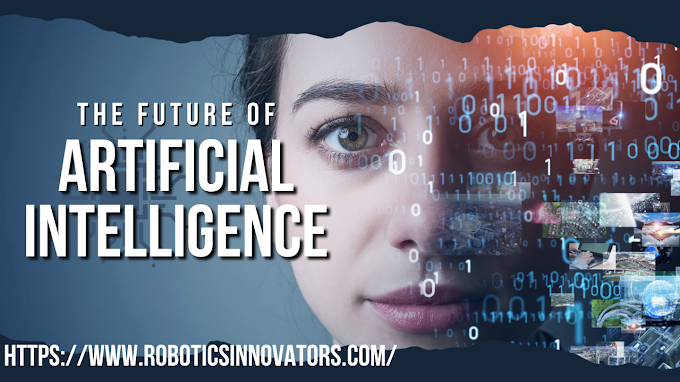What robotics are used by NASA?
Robots are employed by NASA in a variety of ways. Very huge things are moved in space using robotic arms on spacecraft. Spacecraft are autonomous robots that go to distant planets. People give them orders. The robots then carry out those orders. The rovers that investigate Mars' surface are a subset of this sort of robot. Robotic aircraft are capable of taking off without a pilot. New kinds of assistive robots for people are being investigated by NASA.
How do robotic arms work?
Large spacecraft items are moved using robotic arms, thanks to NASA. On the shuttle's second voyage in 1981, the "Canadarm" robot arm made its debut in orbit. The bigger Canadarm2 is located on board the International Space Station. The space shuttle has performed several tasks using its arm. It could be employed to launch or retrieve satellites. For instance, the arm has been deployed five times during maintenance missions to capture the Hubble Space Telescope. Together, the arms of the space shuttle and space station construct the station. New station components have been installed using the robotic arms. On spacewalks, the astronauts can also be moved around the station using their arms. The arm of the space station may move to various locations inside the structure.How do robots discover new planets?
These robots are autonomous, in contrast to the robotic arm on the space station. This implies that they are independent workers. They obey the instructions that are given to them. People utilize computers and big antennas to connect with spaceships. The robots have antennae that allow them to communicate with their computers and receive signals. The instructions will then be carried out by the robot.
How Does NASA Make Use of Robotic Aircraft?
The UAVs that NASA deploys are several aircraft. Unmanned aerial vehicle, or UAV. There are no pilots on board this aircraft.Some UAVs are operated remotely by pilots on the ground. Others can fly independently with just a few brief instructions. UAVs have a lot of advantages. Without endangering human lives, the planes may examine risky locations. UAVs might be employed, for instance, to photograph a volcano. A UAV may also fly for an extremely long time without having to land. UAVs can be smaller or lighter than they would be with a pilot inside since they do not carry a pilot.How might robots aid space travelers?
New robots being developed by NASA might assist astronauts. One of these concepts is named Robonaut, for instance. A robot resembles a person's upper torso. It has limbs, a head, and a chest. A robot may carry out activities outside of a spaceship, just like an astronaut would when undertaking a spacewalk. A robot could work on the moon or another planet if it had wheels or another means of propulsion. Robonauts might assist and work with astronauts.Another robotic concept is SPHERES. These are little robots that resemble soccer balls in several ways. On the space station, the present SPHERES are being used to assess how effectively they can move in microgravity. Similar robots may one day fly about inside space stations.
More autonomous medical robots
Medical robotics is one of the industries with the greatest rate of expansion, with applications ranging from minimally invasive surgery, hospital optimization, emergency response, prostheses, and home support. But creating dependable systems with higher degrees of autonomy is difficult.The ability for one surgeon to oversee a team of robots that can carry out ordinary process steps on their own and only involve physicians during crucial, patient-specific procedures is a long-term challenge. According to the study, the ability to foresee, identify, and react to any potential failure modes is perhaps the biggest hurdle to automating any clinical job. Medical device regulation for autonomous robots will probably need to balance the necessity of provably safe algorithms with the expense of compliance.
Brain-computer interfaces, or BCIs
Through brain-computer interfaces (BCIs), you can use your thoughts to control various technologies and devices. Future human talents might be enhanced by BCIs, but the problem will be making the technology widely available.The hardware required to detect brain impulses is pricy and heavy, and the data processing might be challenging. Additionally, there is lengthy training, calibration, and learning time.
But this is undoubtedly a fascinating topic to follow. Johnny Matheny is the first person to live with a cutting-edge mind-controlled robotic limb; he lost his arm to cancer in 2005. The arm was given to Matheny in December 2017 by scientists from the Johns Hopkins Applied Physics Lab at his Port Richey, Florida, residence.








.jpg)




